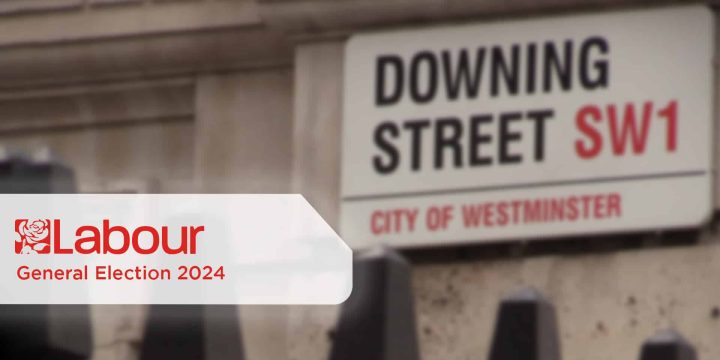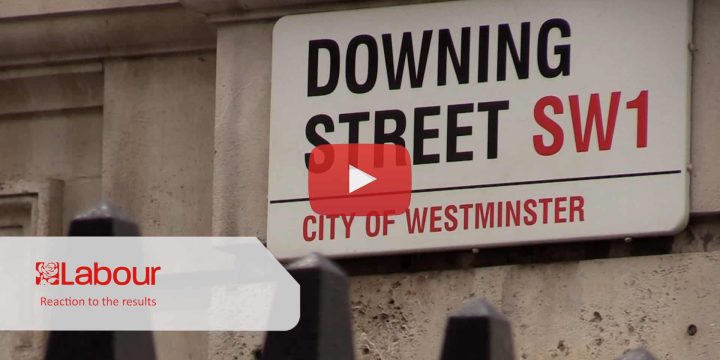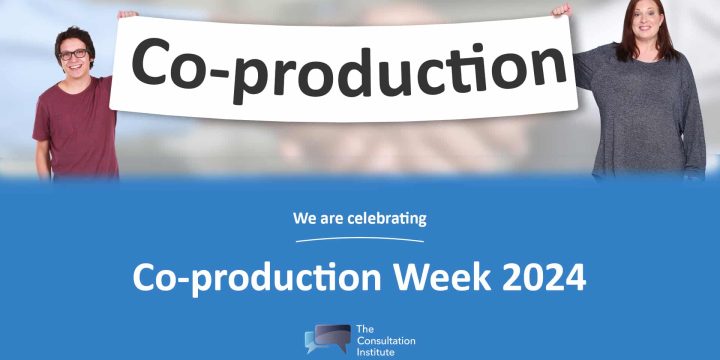News & Insights
Telford’s referral fails to stop the NHS centralising at Shrewsbury
The latest referral Report from the IRP (Independent Reconfiguration Panel) highlights the perils of taking too long to make decisions on NHS re-configurations.
Work on an acute services strategy for the half-a-million people living in Shropshire, Telford & Wrekin and adjacent parts of Powys began over 11 years ago and since 2013, has formed part of the Future Fit programme. At its heart lies the problem of having two A&E centres 16 miles apart with clinical expert opinion convinced that a single, better-resourced facility would benefit everyone. But where should it be? The Royal Shrewsbury Hospital or the Princess Royal Hospital, Telford.
Unsurprisingly public opinion divided into geographical lines, so pressure grew for a compromise of a new build Specialist Emergency Care Hospital. When this proved unaffordable, a consultation took place, with both options offered but with a strong NHS preference for the Shrewsbury site. Telford & Wrekin Council disagreed and referred the decision to the Secretary of State.
The IRP initially produced a Report that looked at the long process that led to the decision. It reserved its position, noting that ‘questions remain about how the proposal fits within the wider health and care system …’ It resolved to consider further evidence. It gathered a huge amount of further evidence and its second Report has now been published. It fully supports the NHS plans and advises that the plans should be implemented ‘without further delay.’
There are important lessons to learn.
- Taking a long time is almost always bad news. In the words of the second referral Report, ‘The long history of Future Fit clearly casts a shadow over people’s perceptions and for some time it has undermined confidence and trust.’
- When there are two viable options, it may be a mistake to try too hard to ‘sell’ people the clinicians’ preferred option. Here is the relevant paragraph from the initial referral Report:-
‘In this case the framing of the consultation rather served to reinforce the approach taken. The scope of the consultation was constrained to acute services, the acute model and two options for its implementation. This had a predictable effect seen in the responses. It reinforced a view that the NHS was setting an agenda rather than seeking views that would influence its decisions; it left relevant questions about the wider context of NHS services unanswered and unexplained; and the clear majority of responses divided along geographical lines.’
- That wider context is significant. It was one of the points of dispute in the long-running Horton Hospital, Banbury saga. There, as here, the initial services being consulted upon are unlikely to be the only ones affected by the re-configuration in the long-term. Campaigners cannot be sure that centralisation will stop once the proposals have been implemented and fear the knock-on effects as interdependent services move further away from local communities.
No-one pretends that these decisions are easy, and one community’s joy will usually be another’s disappointment. The problem may be that politicians’ commitment to engagement and consultation may unintentionally have given people the impression that they have a veto on decisions they dislike. Consultation is not a vote but does require public bodies to make their case for change, and on occasions, the battle around location obscures the more fundamental rationale. Right at the end of the second referral Report, the IRP comments:
Since the new model of hospital care was first articulated in 2014, the simple message that it will provide something that the population currently do not get – access to consistently safe, high-quality emergency care and treatment 24 hours a day, seven days a week – has not changed but has got somewhat lost.
It is the job of a best practice consultation to focus the debate on the right issues, and maybe this case study can help us learn how important this can be.



